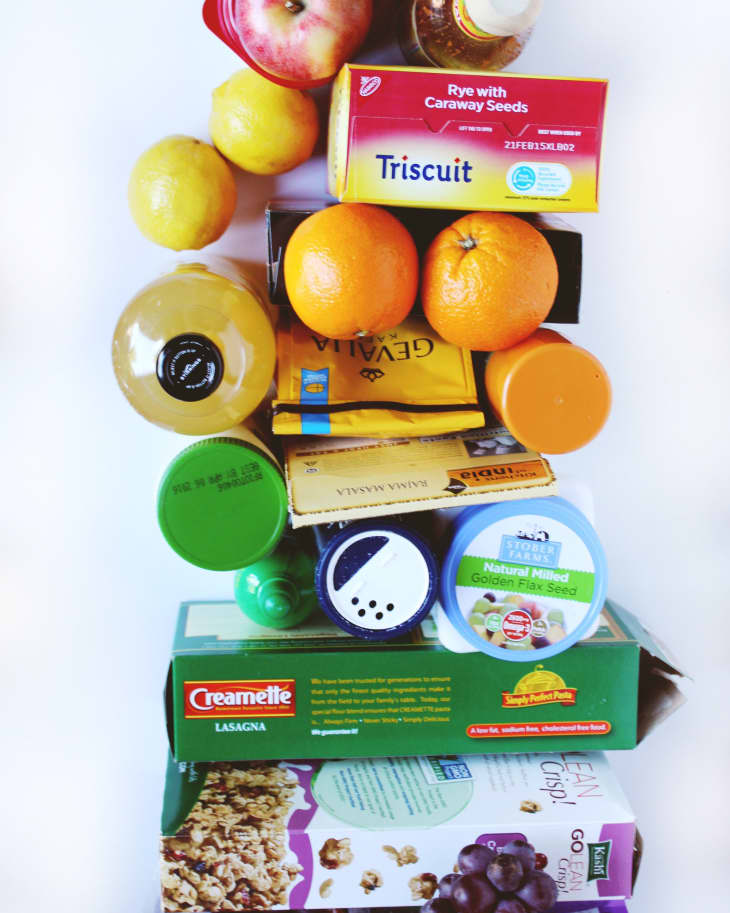The Business of Healthy Snacks
Not so long ago, food companies treated snacks like eaters treated snacks — as afterthoughts, guilty pleasures, and check-out line impulse buys. Today, there’s a big, and growing, snack market. And it’s not sugary sweets driving that growth.
Snack sales are expected to hit $22.9 billion in 2016, representing a 24 percent jump since 2012. At the same time, our grocery store spending has stayed flat — which means we’re spending more of our food budgets on noshes. Ninety-four percent of Americans snack at least once a day, and half of us enjoy more than one snack daily.
The biggest culprits behind the snacking phenomenon might not be what you’d expect. Healthy offerings like nuts, yogurt, and protein bars now account for a whopping 40 percent of snacks we carry with us (to work, to school, on the road) and there are currently more than 1,000 nutrition bars on the market (up from 220 a year ago).
The Evolution of the Healthy Snack
The healthy snack used to be the purview of companies that catered to athletes — people who needed an energy bump mid-hike, -run, or -bike. Now, everyone wants a little share of the market. Big food companies like Hershey, Mondelez (maker of, among other things, Oreos and Cadbury eggs), and CVS are rushing to produce their own versions of “nourishing” snacks.
Hershey, for example, bought up jerky-maker Krave and fruit & nut bar-maker Brookside. The company used those and other producers to launch SoFit, a healthy snack line. Mondelez is pushing for half of all its snack offerings to be “healthy” by 2020.
The interest in snacks is up, experts say, because we’re so busy. Our snacks act like “mini-meals,” fueling us as we hustle from work to the gym to drinks with friends. We’re relying on our snacks to serve as meals, and we’re looking for satisfying options stuffed with protein and wholesome ingredients. This is one reason interest in KIND snacks has exploded, says KIND bar’s marketing guru Lisa Mann. KIND’s CEO, she says, will pair one of the company’s savory bars with an apple or some cheese to create a meal-like snack.
There’s something else at work too. Modern consumers crave artisan foods (or at least artisan-like foods) and snack makers are catering to our desire for more diverse snacks with more sophisticated flavors.
How We Buy Snacks Is Changing Too
Another shift in the snacking world is how snacks are sold. Once, companies relied on customers to buy their snacks at the checkout line. Today, grocery store snack sales are dropping. When we do our food shopping online, we aren’t putting things like candy and gum in the carts. And even when we go to the store, we’re ignoring the magazines and treats laid out for us; instead, we’re checking our smart phones.
So companies have adapted. Hershey, for example, is using Amazon Dash Buttons to sell Ice Breakers. Consumers are given a button to stick to the wall or wherever is convenient. When they’re running low on a product, they push that sticker and bam — an order is placed instantly. Other businesses are selling their stuff through Facebook’s new Shop section.
A Case Study: NatureBox
Yet another strategy is what Gautum Gupta is trying to do with NatureBox, aka the “Netflix of food.” For about $20, subscribers receive a monthly order of three to five snacks they’ve pre-selected.
As a kid, Gupta struggled with obesity. That changed in high school, when he says he learned about nutrition and started eating well. He eventually lost 70 pounds. So when he and some college friends decided that they wanted to start their own company, Gupta put his passion for good food to work.
Today, NatureBox users can choose from 120 different options, including blueberry almond quinoa bites, dried peaches, and Sriracha cashews. NatureBox encourages people to review each and every thing they eat, and they pore over those responses to tweak their offerings. For example, the company rolled out dark chocolate oat cookies called “Nom Noms” after noticing an increased demand for chocolate among buyers.
Like other snack producers, Gupta says the convenience of grab-and-go is really important. Many of his customers are strapped for time and the snack “meal” is “happening between a variety of other things going on.”
People are also craving exciting flavors. “There’s a trend toward spicier foods,” Gupta says. His consumers want, “a bold flavor you might never have had before.”
But really, above all else, people just want something that’s good for them. “Snacks previously were seen as unhealthy, and associated with junk food,” Gupta says. “That’s really changed. Now people are seeing snacking as an opportunity to get nutrients and flavors they might not have in the course of their daily meals.”
